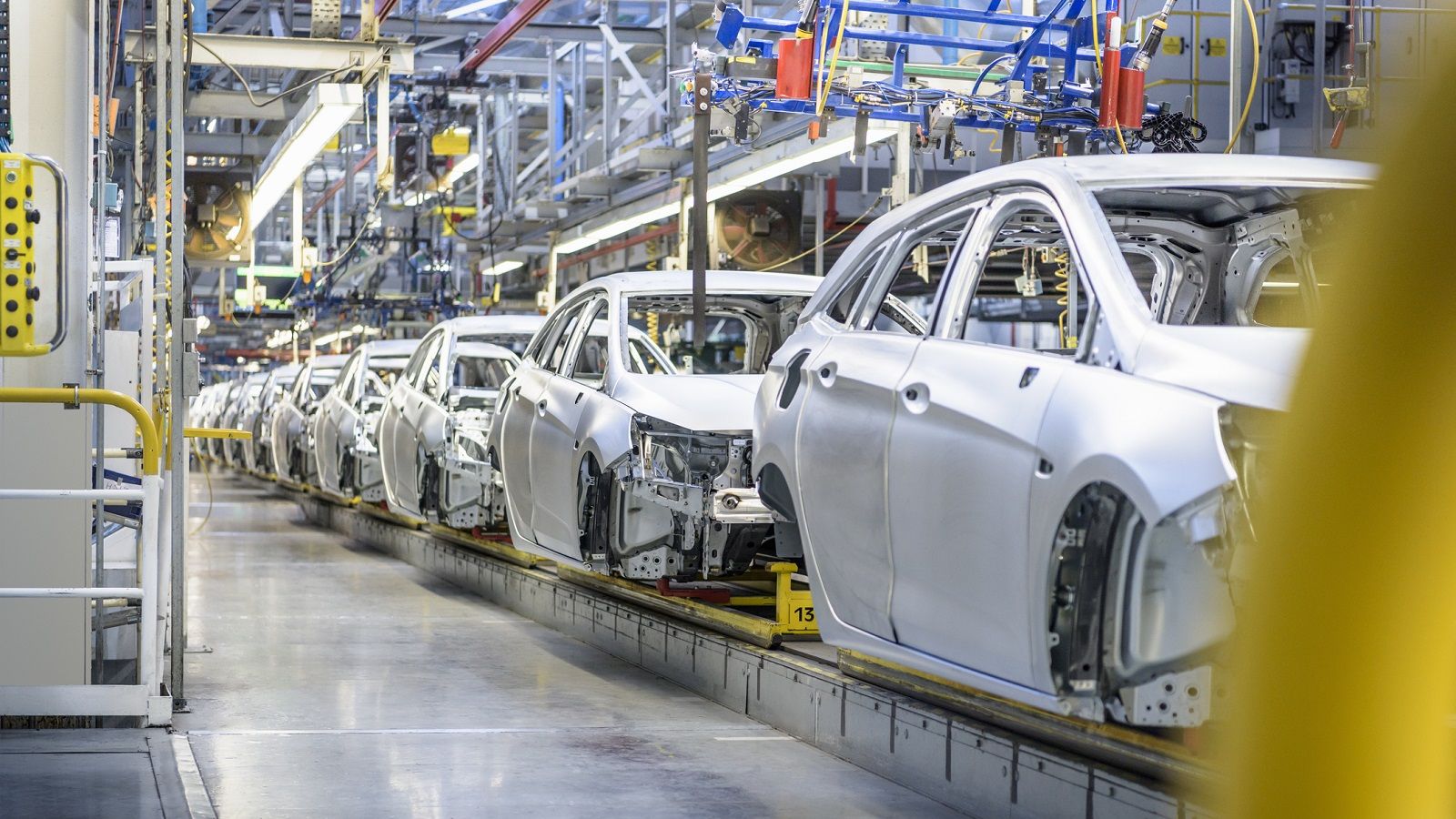By David Payne, Jim Patterson
Published 28 January 2024
Auto Industry Trends for 2024
If you’re in the market for a car this year, it won’t be quite as daunting as it was during the pandemic and its immediate aftermath. Inventories are up, and price increases are slowing. Here’s what to expect for the auto industry in 2024:
1. Sales of New Cars Expected to Increase
Sales of new cars should hit 15.7 million this year, a notable improvement from 2023. Vehicle availability has steadily improved after years of shortages, allowing more shoppers to find a suitable ride. Moreover, price increases are slowing down, giving buyers more room to haggle. While deals may not be as lucrative as in pre-pandemic times, some buyers could see a return of sales incentives that largely disappeared during the COVID-19 era.
2. Slight Increase in Used Car Sales
Sales of used cars are anticipated to pick up slightly. Prices have halted their recent decline, and used automobiles are currently about 40% more expensive than comparable models pre-pandemic, as supplies remain tight.
3. Hybrid Vehicles on the Rise
Hybrid vehicles are becoming the hot sellers of the year, with their market share expected to rise from 9% last year to 14%. Most consumers are not yet sold on electric cars, which makes hybrids appealing due to their fuel savings at a modest price premium. Hybrid technology is now available across a wide range of vehicle categories, including family sedans, minivans, full-size pickup trucks, and various sizes of SUVs. For instance, Toyota’s Camry will become hybrid-only starting with the 2025 model year, and the newly redesigned Prius has garnered rave reviews, achieving nearly 60 miles per gallon.
4. Growth in Electric Vehicle Sales
While sales of electric vehicles (EVs) are set to grow, their momentum appears to be waning. It is estimated that EVs will account for 9% of total vehicle sales this year, compared to 8% in 2023. However, manufacturers are slowing future EV production plans as inventories are building up on dealer lots. Currently, dealerships have an approximately 113 days’ worth of EV supply, double the level for gas-fueled cars. If you’re interested in an electric vehicle, you may find more room to negotiate on price.
Additionally, the federal tax credit for EVs has become more generous, allowing buyers to access the $7,500 credit at the time of purchase through dealers rather than waiting to file it on their taxes. Nevertheless, it is important to note that fewer electric cars now qualify for the credit, as many do not meet the made-in-America requirements. While car manufacturers are scaling back on EV production, 37 new models are expected to launch this year, with similar numbers anticipated for 2025, driven by government fuel efficiency mandates.
This overview of the auto industry’s landscape for 2024 highlights significant trends such as the increase in new car sales, the growing popularity of hybrids, and the evolution of electric vehicle offerings. Staying informed about these trends can help consumers make better decisions in the dynamic auto market.




